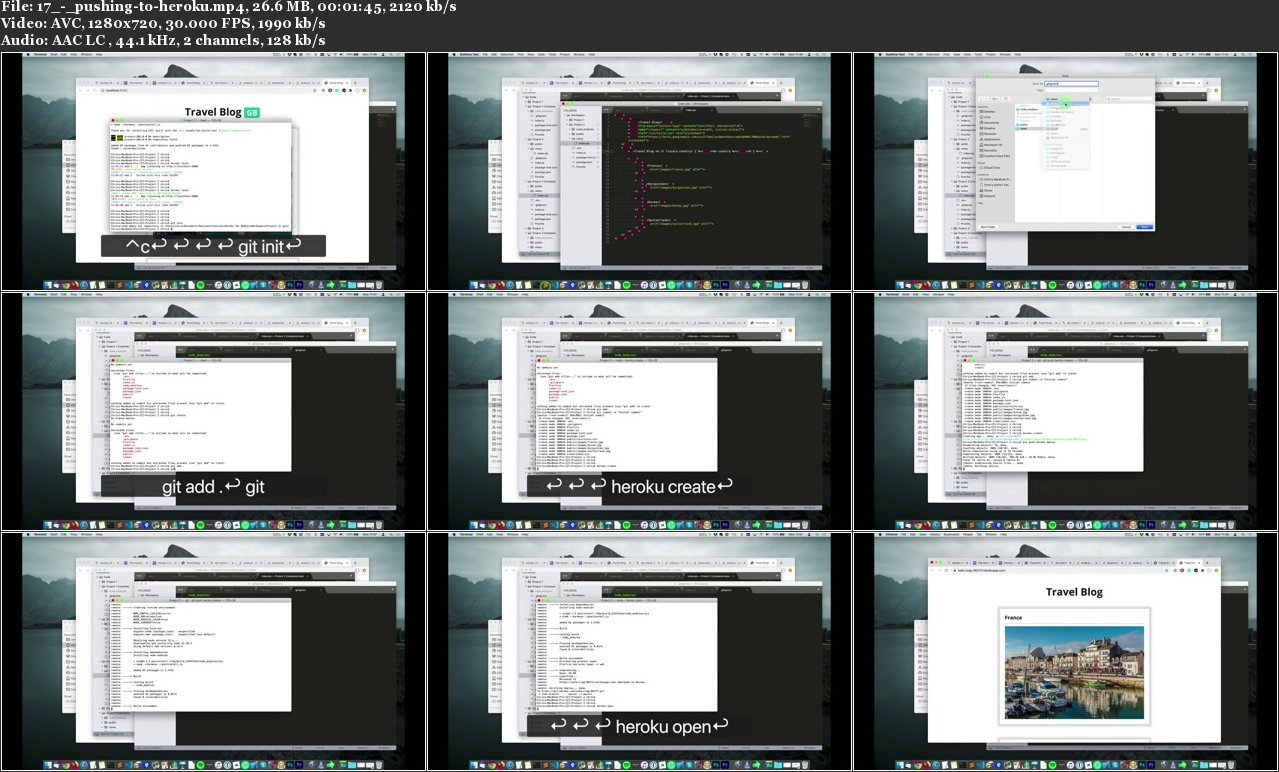

Cloud Storage has free tiers too but these images created do not fall into the free tier (due to region and size, I’m guessing).

There weren’t any warnings that these were being created and I only noticed when I received a (tiny, but non-zero) bill the next month after experimenting on what I thought was should be a free app. In practice, this was the (almost) unavoidable (though small) cost. Cloud Storageįinally, Cloud Build creates huge images when building applications, and stores them on multi region buckets on Google Cloud Storage. 120 minutes of free build minutes a day should be sufficient in most cases, but again, something to look out for. However, deploying an app to App Engine triggers Cloud Build, another Google Cloud Platform product. As long as you do not set in app.yaml to use the Flexible Environment and your app is not huge nor heavily accessed I think you’re unlikely to incur specific App Engine costs. The daily free limits should be sufficient for most sandbox apps. Pricing for App Engine itself is still quite manageable. Also, unlike Heroku where billing/pricing details are on a single page, there are a few pages to refer to even just to understand billing for using App Engine. This is in contrast to a Heroku dyno, where you have to take explicit action if you want your app to not be bounded by free tiers. Also, while many products offer free tiers, they are for specific regions and configs only, and there aren’t indications along the way to let you know if you’re selecting a free-tier-available setting, so lots more caution when deploying if you want to avoid running up nasty unintended costs. Unfortunately billing limits are not set by default, and can’t seem to be set at 0. Generally speaking there are free tiers available for many Google Cloud products, but usage can exceed the free tiers and you will be charged up to the billing limit set. All is specified at point of deployment.Īnd here’s where it gets tricky if you’re aiming to build an app that will not incur any costs. Note that for App Engine it is not required to initialize your folder as a Git repository nor set up any config in your folder pointing it to App Engine. Regardless, you now have your project set up, and all that is left is to deploy your application to your project. Setting as default will save you some commands later, but if you’re running multiple projects concurrently it may not be helpful. Remember your project ID.Īlternatively, run on your command line interface: gcloud projects create -set-as-default The first way to create a project through the Google Cloud Console web interface.

For either steps below, if you do not assign a custom domain to your app engine application, the address for your application deployed will be. Next, ensure you have the GCloud CLI installed. With your files ready and app set up, you’re ready to deploy! But first, setting up an app on App Engine, for comparison.įirst you’ll need to set up a Google Cloud Platform account. If you want to create an app through command line with a name, simply add the desired app name after “create”. This will create a new app with a randomly assigned name, for example, thawing-inlet-61413 in the more detailed explanation. From your project directory, run: heroku create The other way is to create a new app directly from command line. This also works if you already have a Heroku app instance that you want to write your application to. After that you’d need to set up a Heroku Git remote from your local directory containing your project. The first way to create a new app is through the web interface, which should be pretty straightforward. When creating a named app, if someone else has already used that name you will not be able to create the app. Let me know if more details are needed on these.įor either way below, the app name provided will be the default address to access your application, at. You’ll also need the project directory/ folder already created ( sample directory contents here) and initialized as a Git repository. You’d also need a Heroku account prior to carrying on.

#Heroku file storage install#
You’d first need to install the Git CLI and Heroku CLI on your local command line interface (Command Prompt/ Terminal/ etc).


 0 kommentar(er)
0 kommentar(er)
